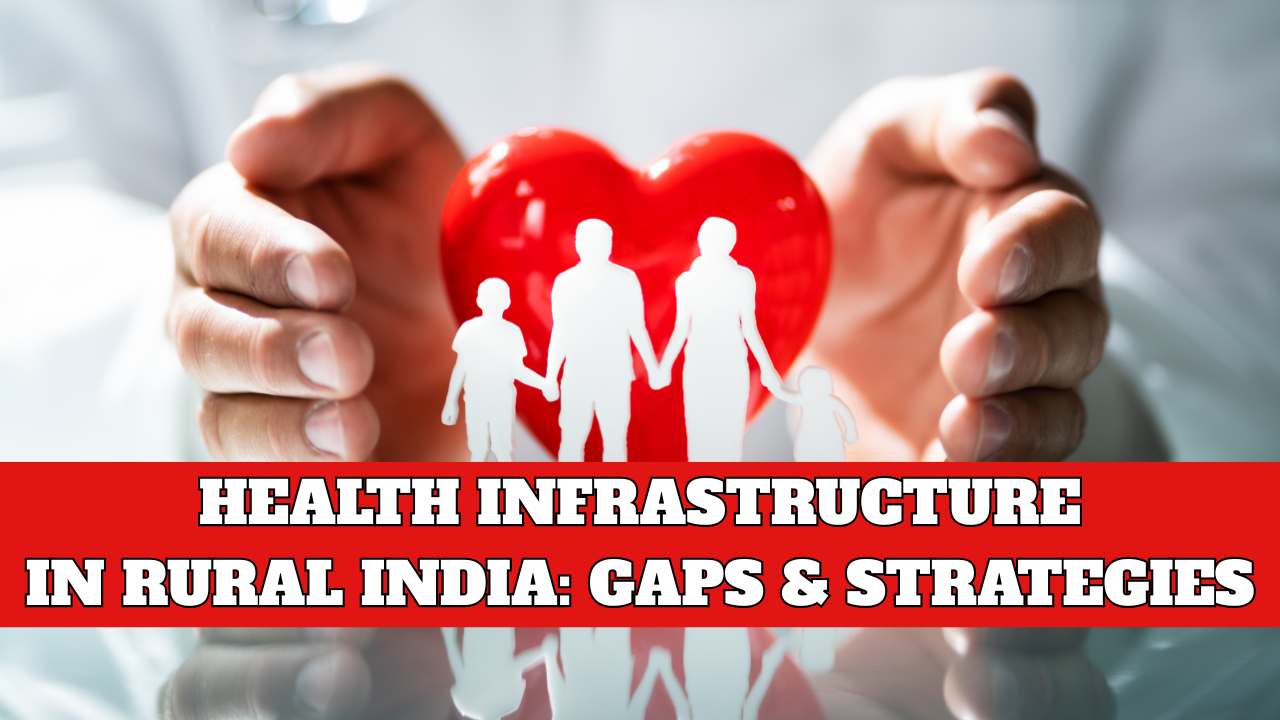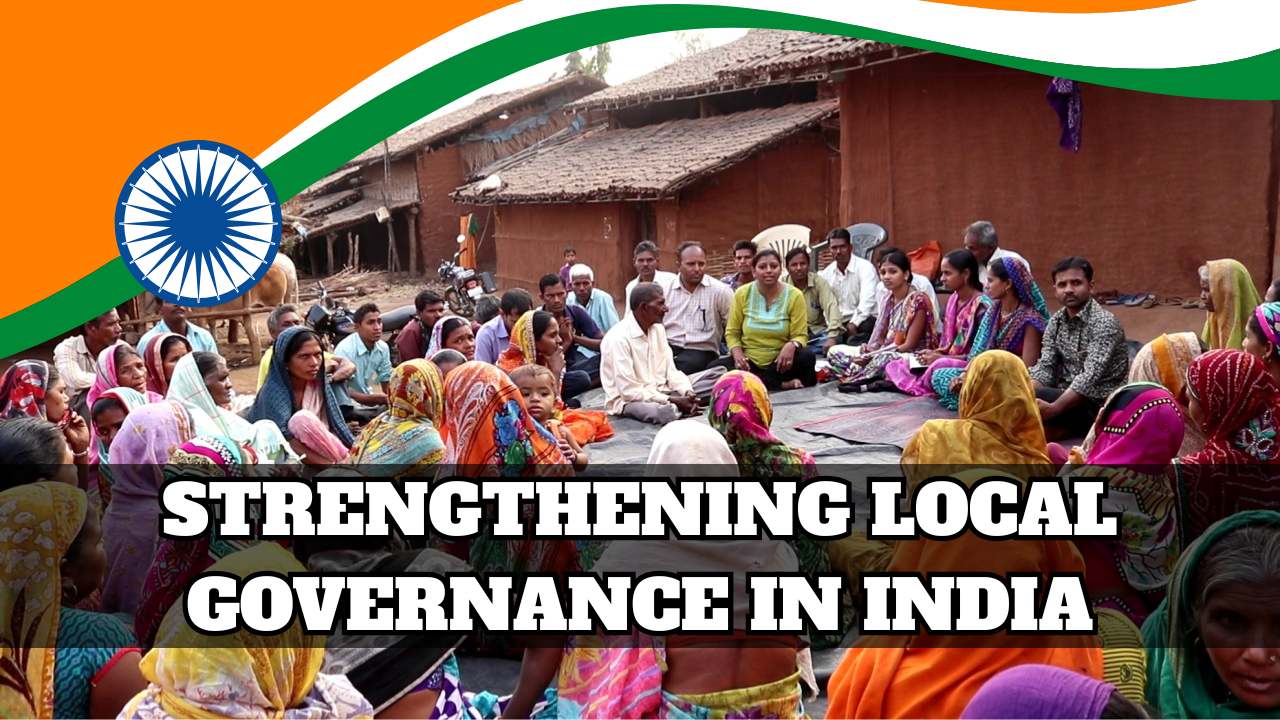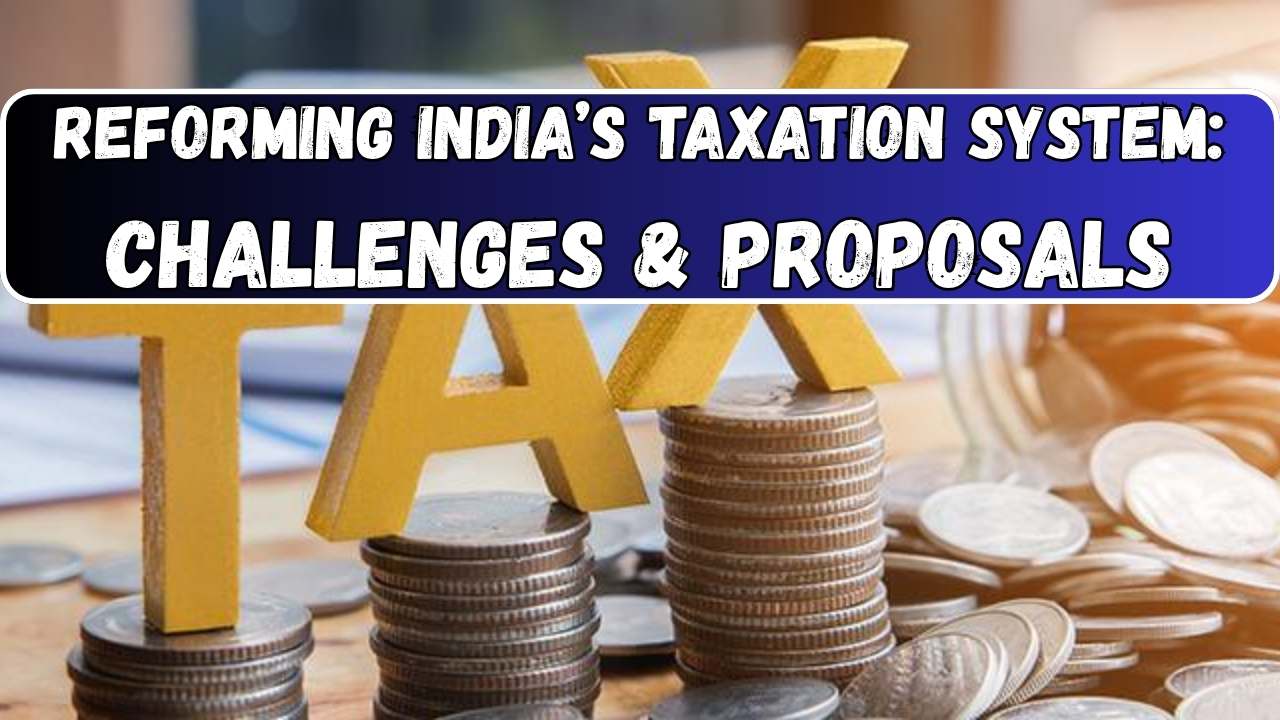A historic reform, the National Education Policy (NEP) 2020 seeks to update India’s educational system to satisfy the needs of the twenty-first century. The goal of the policy is to raise the Gross Enrolment Ratio (GER) in higher education to 50% by 2035, with an emphasis on underserved populations, while emphasising universal access to education. National Education Policy 2020 also supports teacher professional development, digital education, and vocational training, while encouraging multilingualism with an emphasis on mother-tongue instruction until at least the fifth grade. The policy also introduces regulatory reforms, such as establishing the Higher Education Commission of India (HECI) as a single regulator to oversee higher education and promote institutional autonomy.
Along with promoting equity and socioeconomic mobility among marginalised communities, the strategy places a strong emphasis on inclusive education to reintegrate 2 crore students into the mainstream through the open schooling system. In general, NEP 2020 seeks to provide a more quality-driven, inclusive, and egalitarian educational system that meets the many requirements of Indian students and gets them ready for the future. This article is framed to provide all the information on Education Policy Reforms Under NEP 2025.
Education Policy Reforms Under NEP 2020
The National Education Policy (NEP) 2020 is a landmark reform that aims to modernise India’s educational system to meet 21st-century demands. With a focus on underprivileged groups and a focus on universal access to education, the strategy aims to increase the Gross Enrolment Ratio (GER) in higher education to 50% by 2035. While promoting multilingualism with a focus on mother-tongue instruction until at least the fifth grade, National Education Policy 2020 also supports digital education, vocational training, and teacher professional development. To oversee higher education and encourage institutional autonomy, the program also incorporates regulatory reforms, such as creating the Higher Education Commission of India (HECI) as a single regulator.
The policy prioritises inclusive education in order to reintegrate 2 crore children into the mainstream through the open schooling system, in addition to fostering equity and socioeconomic mobility among marginalised communities. Generally speaking, NEP 2020 aims to offer a more inclusive, egalitarian, and quality-driven educational system that satisfies the many needs of Indian students and prepares them for the future. All of the information regarding Education Policy Reforms Under NEP 2025 is contained in this article.

What are the Key Reforms to Transform India’s Education System?
The National Education Policy (NEP) 2020 introduces several key reforms to transform India’s education system:
Curriculum Reforms:
- New 5+3+3+4 Structure: Replaces the traditional 10+2 system, focusing on foundational learning, flexibility, and multidisciplinary education. This structure includes:
- Foundational Stage (ages 3-8): Emphasises play-based learning and early childhood education.
- Preparatory Stage (ages 8-11): Builds on foundational skills.
- Middle Stage (ages 11-14): Focuses on subject-specific learning.
- Secondary Stage (ages 14-18): Prepares students for higher education and vocational training
Teaching and Learning
- Experiential Learning: Encourages hands-on, inquiry-based learning to develop critical thinking and problem-solving skills.
- Multidisciplinary Education: Integrates arts, sciences, and vocational education to provide a holistic understanding.
- Mother Tongue Instruction: Promotes instruction in regional languages or mother tongues until Grade 5, with flexibility for bilingual approaches
Assessment and Evaluation
- Competency-Based Assessments: Focus on measuring students’ skills and knowledge rather than just their marks.
- Holistic Progress Cards: Tracks students’ cognitive and non-cognitive development, providing a comprehensive picture of their progress.
Teacher Education and Training
- Integrated B.Ed Program: Mandates a four-year integrated B.Ed program for new teachers by 2030.
- National Professional Standards for Teachers (NPST): Establishes standards for teacher training and development.
Higher Education Reforms
- Higher Education Commission of India (HECI): Proposed single regulator for higher education, aiming to improve institutional autonomy and innovation.
- Flexible Undergraduate Programs: Introduces three- or four-year programs with multiple exit options, promoting flexibility and skill development.
- Academic Bank of Credits: Allows students to accumulate credits and transfer them across institutions, facilitating seamless credit transfer.
What Are the Factors Affecting Education Policy Reforms Under
National Education Policy 2020?
- Inadequate Funding and Resource Allocation: Insufficient funding and uneven distribution of resources may hinder effective implementation, particularly in rural areas. The policy aims to increase public investment in education to 6% of GDP, but achieving this target remains a challenge.
- Digital Divide: The policy’s emphasis on digitisation and e-learning may exacerbate existing inequalities, as only around 30% of the population can afford smartphones, and even fewer have access to computers.
- Infrastructure and Capacity Limitations: The lack of infrastructure in government schools, such as overcrowded classrooms and limited access to learning resources, can hinder effective learning. Additionally, inadequate capacity within education ministries and regulatory bodies can impede reform efforts.
- Teacher Preparedness and Training: Inadequate training and lack of incentives may lead to resistance from teachers in adopting new pedagogies. The policy proposes a four-year integrated teacher training program to enhance teaching quality.
- Socio-Cultural and Linguistic Diversity: Adapting curriculum materials to regional languages can be challenging, given India’s diverse linguistic landscape with 22 official languages and numerous dialects.
- Implementation and Governance Challenges: The policy faces challenges in implementation, including a lack of clarity, coordination issues between government agencies, and potential resistance from stakeholders. Effective implementation requires strong governance, stakeholder engagement, and sufficient capacity building.
FAQS Related to Education Policy Reforms Under NEP 2020
What is National Education Policy 2020?
National Education Policy 2020 is a national education policy aimed at transforming India’s education system.
What are the key features of NEP 2020?
Key features include a new 5+3+3+4 curriculum structure, emphasis on multidisciplinary education, and promotion of digital education.
What is the goal of National Education Policy 2020?
The goal is to create a more inclusive, equitable, and quality-driven education system.






